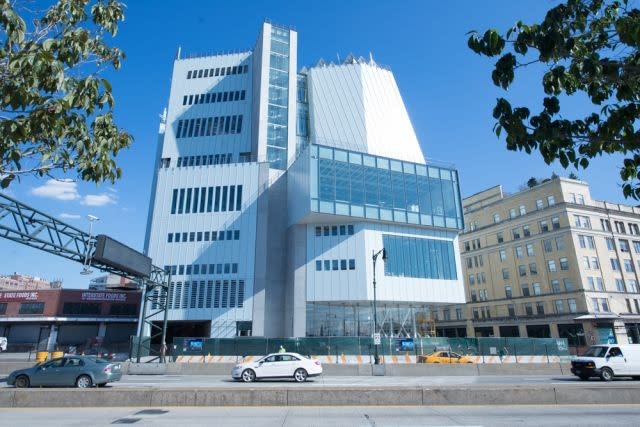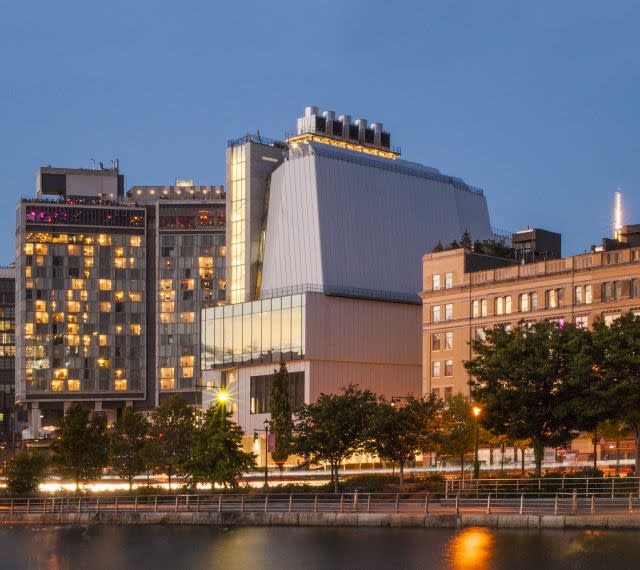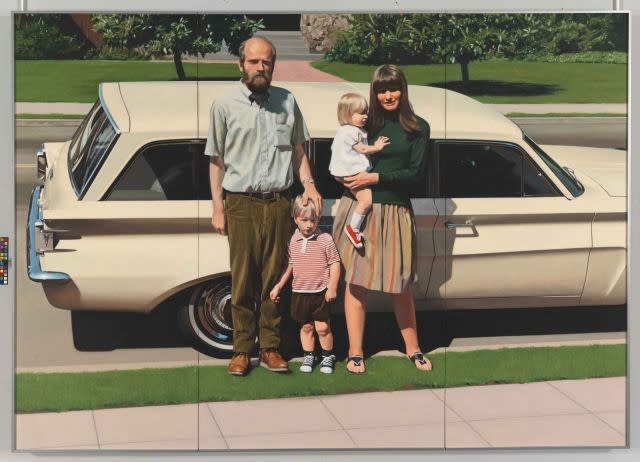New York's new Whitney debuts with museum-wide survey of American art
The new Renzo Piano-designed Whitney museum opens its doors on May 1 with an inaugural exhibition that will use the museum's large collection to reexamine American art from 1900 to the present.
In the works since 2008, the new building is intended to be the cultural anchor for Manhattan's revitalized Meatpacking District. Located between the Highline and the Hudson River, it features an asymmetrical form meant to echo the industrial feel of the neighborhood.
"American is Hard to See," the inaugural exhibition, will use every exhibition space, both indoor and outdoor, in the new building, featuring 600 works by 400 artists -- both iconic pieces by artists such as Calder and O'Keefe and many lesser-known works.
Taking its name from a Robert Frost poem that's also been used by documentary filmmaker Emile de Antonio, it unfolds chronologically in "chapters" to cover 115 years of American art, with works from the late 1960s to cover the museum's latest space -- an 18,000-square-foot gallery with floor-to-ceiling windows and views to the east and west.
Known for its Biennial, the Whitney opened in the 1930s and is one of the most important museums in the US for modern and contemporary art. Along with the reopening of the physical museum, it has made the entirety of its holdings of 20th-century and contemporary American art -- nearly 22,000 works -- available to the public via a relaunched online portal at collection.whitney.org.
The Whitney's previous Madison Avenue home is currently housing exhibitions by the Metropolitan Museum of Art, as that museum carries out a redesign of its Southwest Wing by David Chipperfield Architects.
"America is Hard to See" opens May 1 and the majority will be on view through September 27, with some floors closing before or after.
whitney.org/Exhibitions/AmericaIsHardToSee





